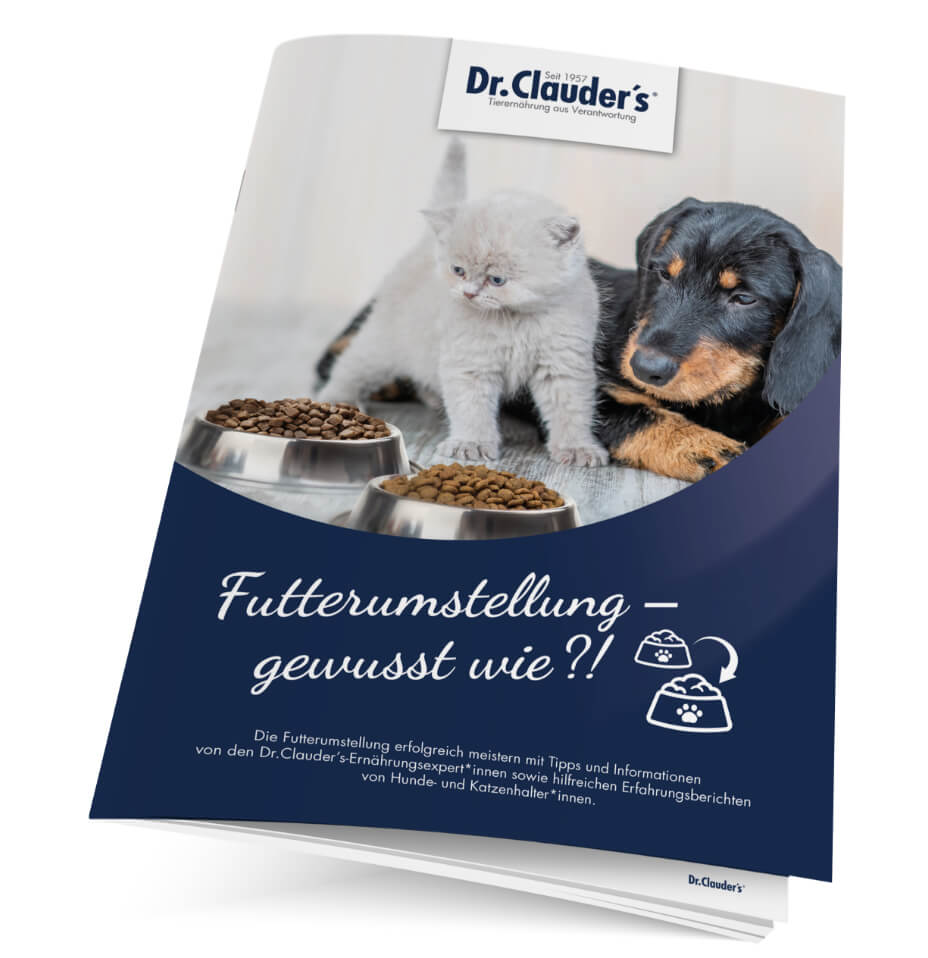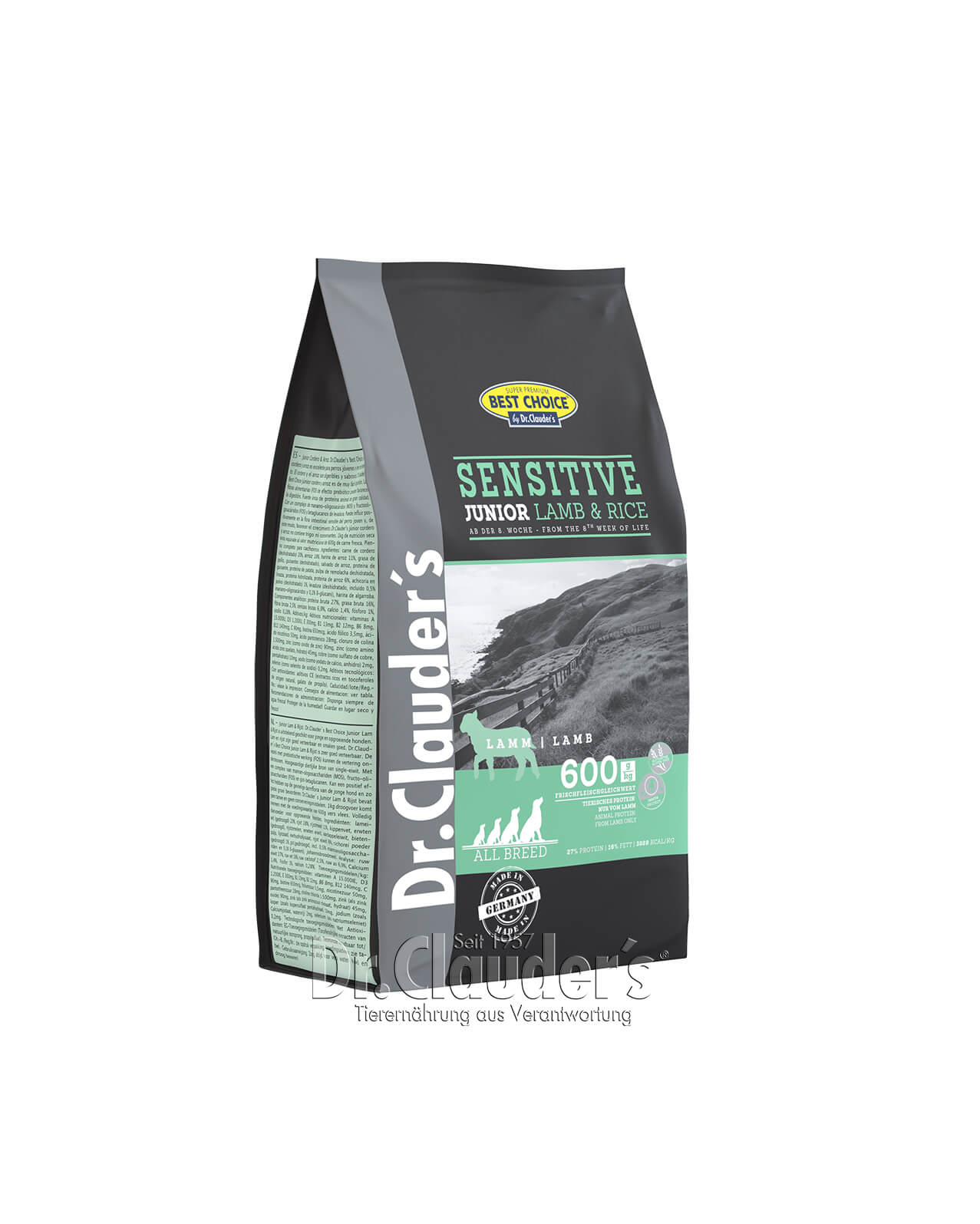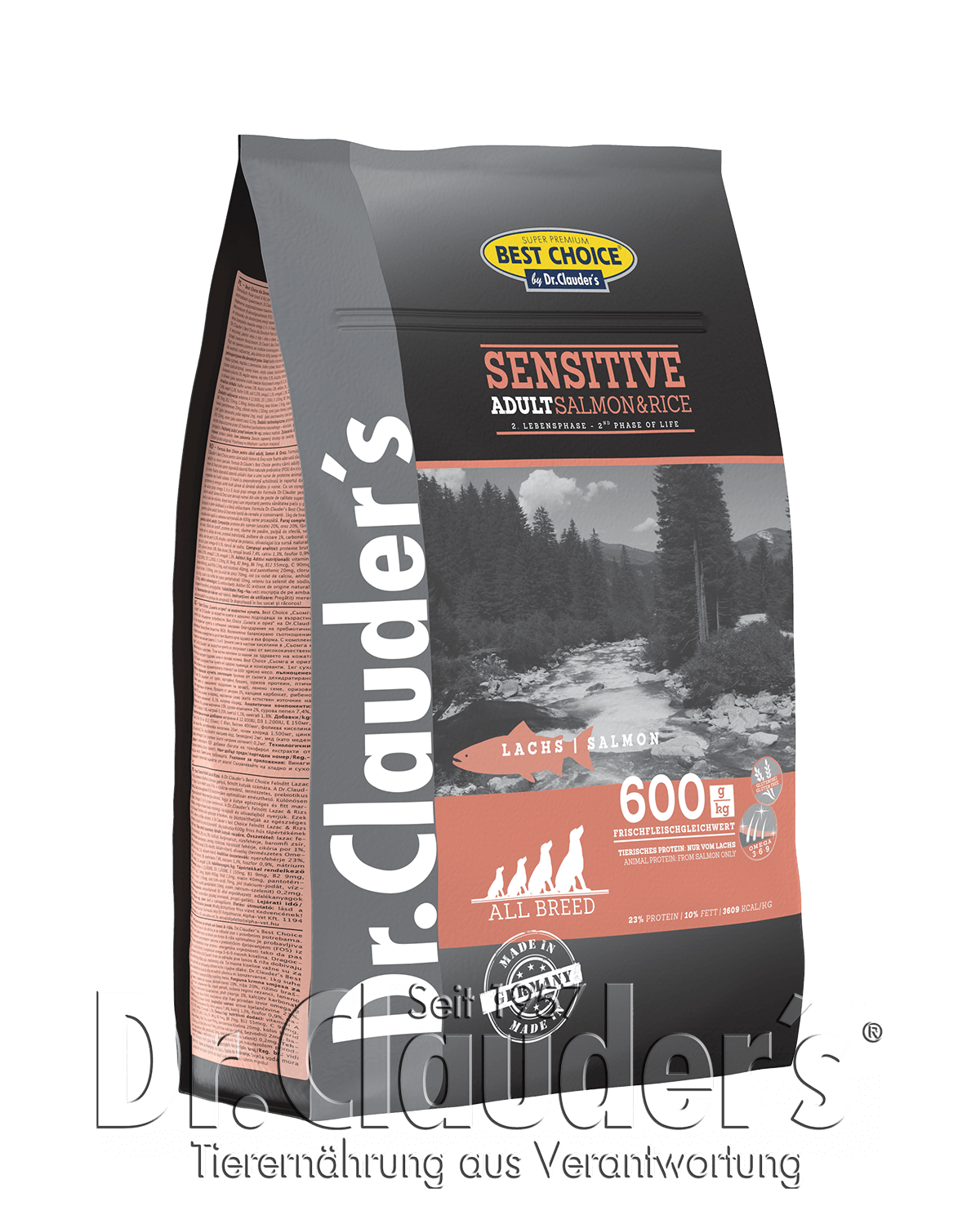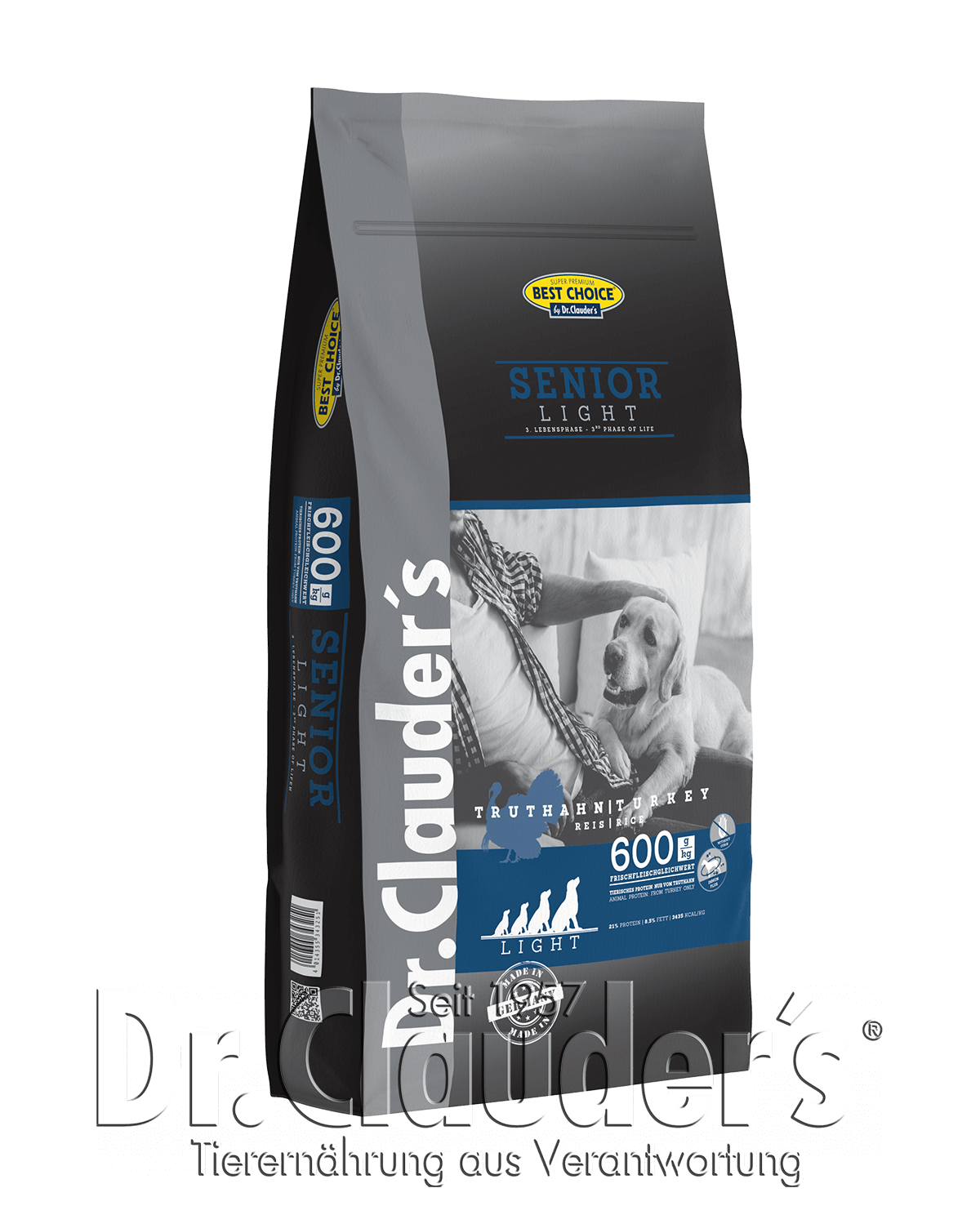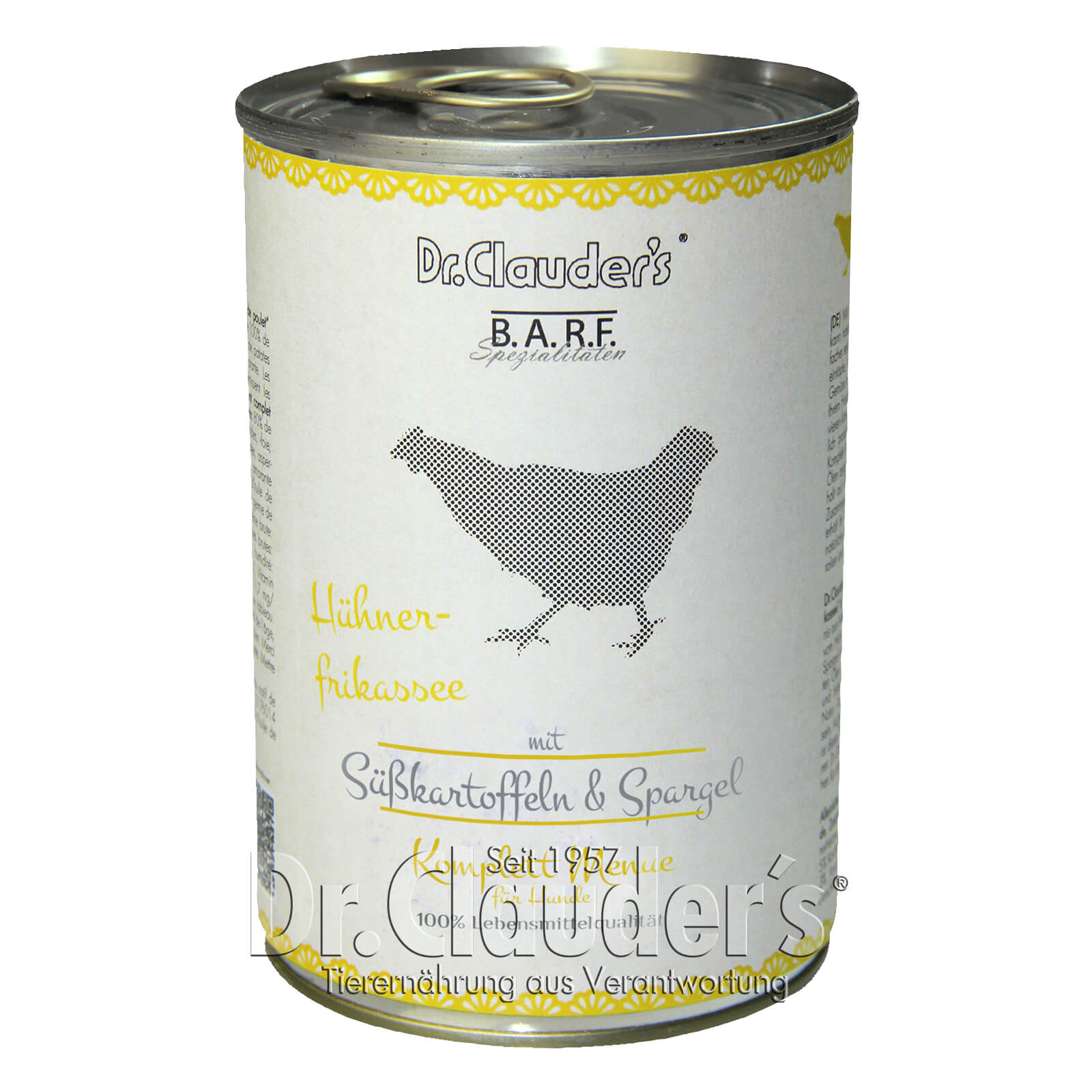CHANGE OF DIET IN DOGS -
WHAT DOES IT MEAN AND WHEN DOES IT MAKE SENSE?
A change of diet aims to introduce your dog to a new food - the approaches are as varied as the reasons for a change of diet:
- Different age cycles of the dog
- Allergies or food intolerances
- Change to diet food
- Previously fed variety is no longer produced
- Desire to change to a higher quality food
- Picky animals and loss of appetite: changing food offers variety
- No matter which reasons apply to your dog, you should think through the change from wet to dry food or BARF well in advance.
Change from dry to wet food:
- Changeover usually goes smoothly
- A high meat content is important
Change from wet to dry food:
- With wet food, the organism gets part of the water it needs from the food. Your dog should therefore get enough water during the changeover.
- Our tip: Moisten the dry food with lukewarm water for better acceptance.
Change to BARF food or from BARF to wet or dry food:
- Important: Nutrient and meat content should be similar.
- 0 Diet for one day before the change: At least 8-12 hours break between meals.
Change from wet to other wet food/dry to other dry food:
- Switching is usually easier and faster

FEED CONVERSION IN DETAIL
Age-related food change
In the course of a dog's life, it makes sense to change from puppy to adult and later to senior food. Depending on the stage of life, your pet needs different rations of nutrients, because the needs as well as the activity change.
Puppy and junior food:
- From the 4th week: Puppy food; depending on the case: Add Dr.Clauder's Puppy Milk Plus.
- From 8 weeks: Junior food
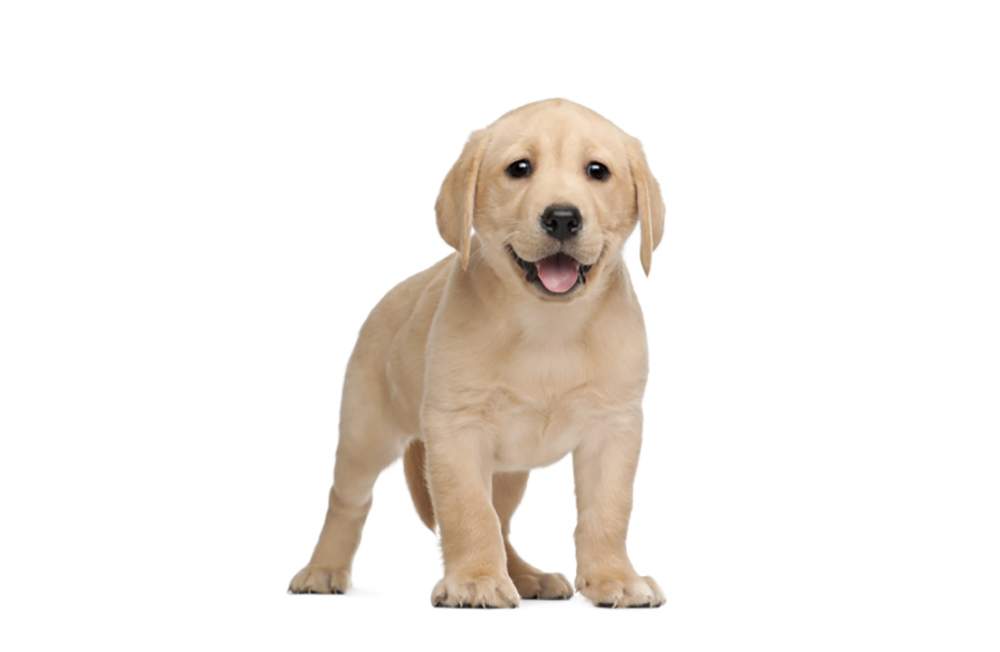

Adult food:
- From 6 to 24 months (depending on breed).
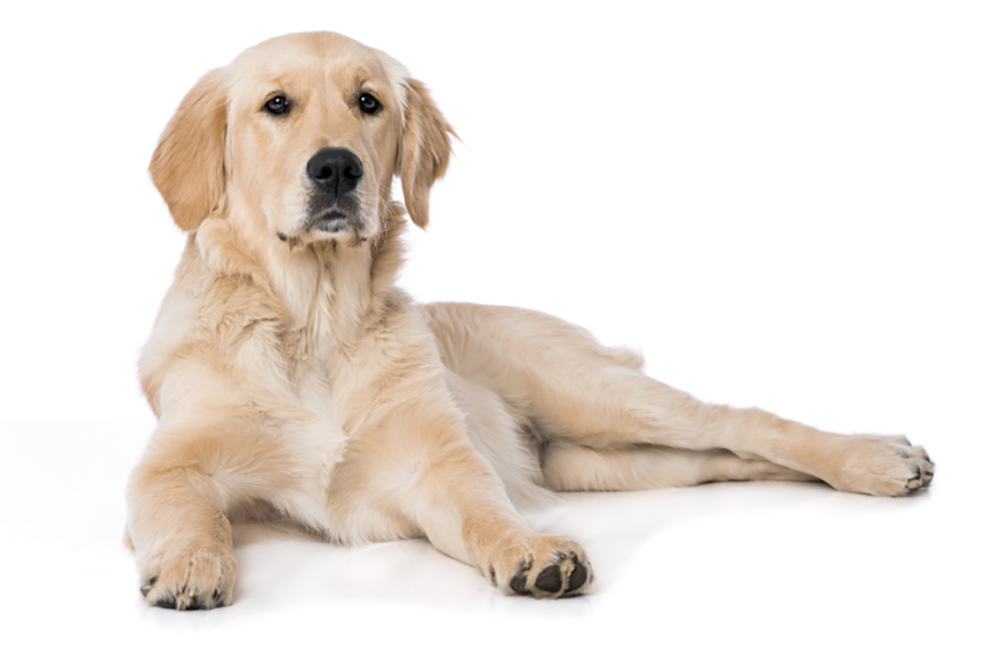

Senior food:
- Small dogs: from 10 years of age
- Medium dogs: from 8 years of age
- Large dogs: from 7 years of age
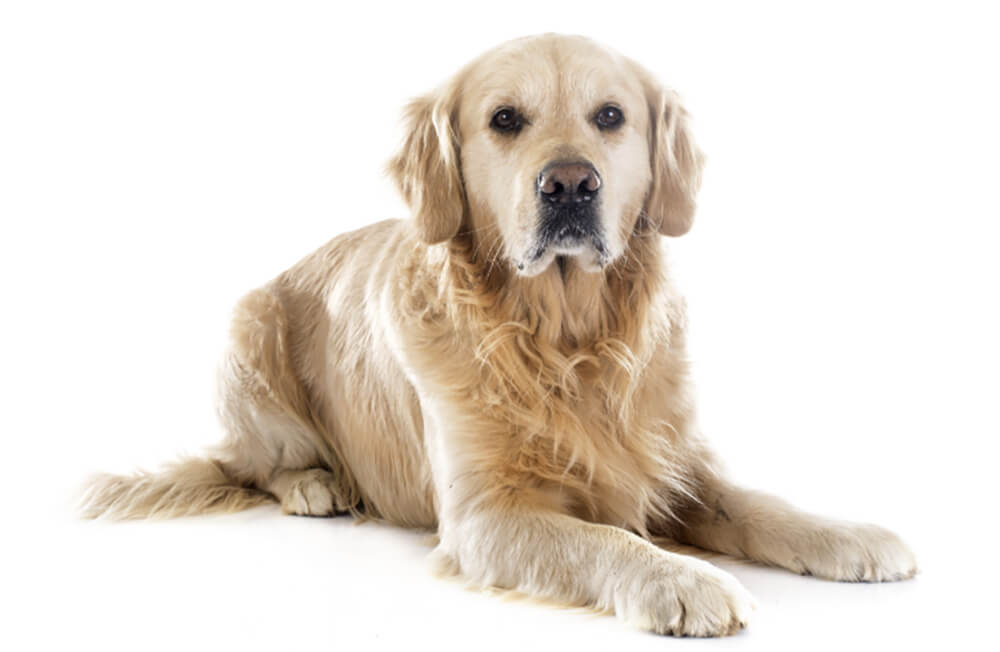
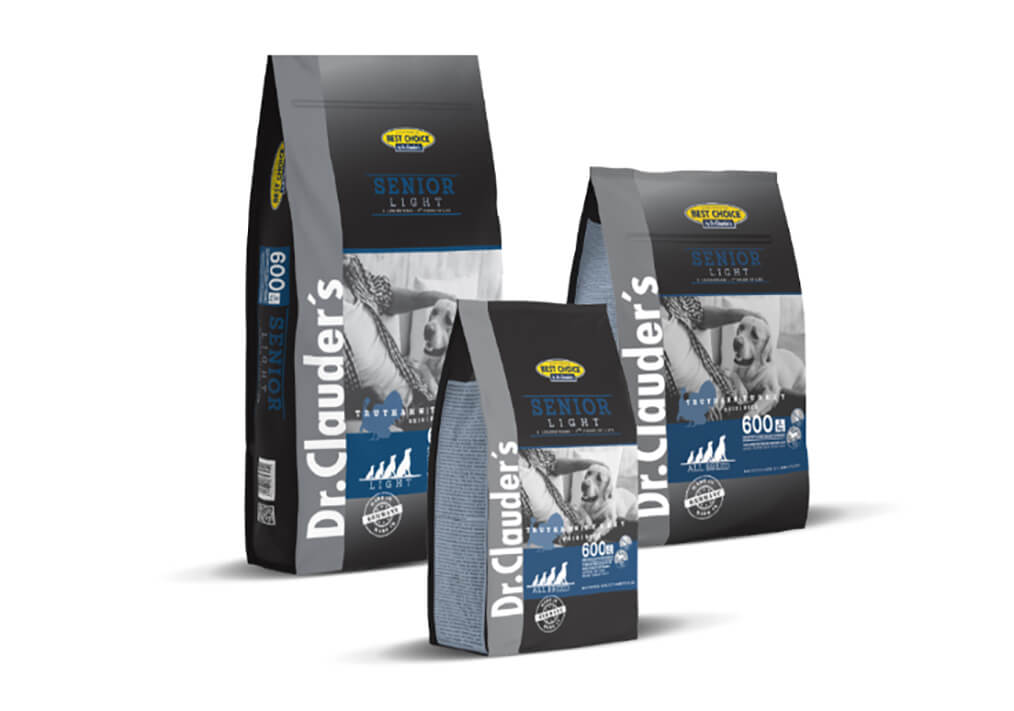
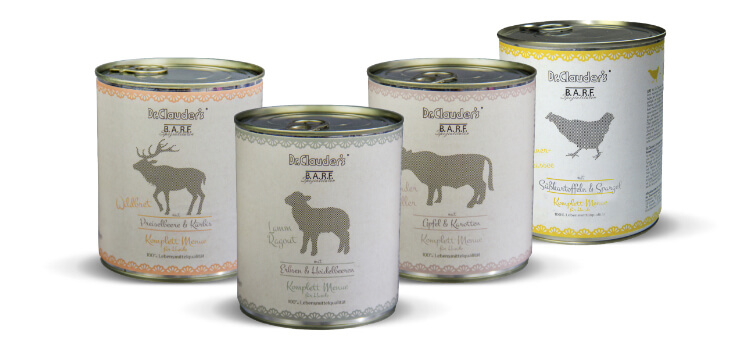
Health-related feed change
Change of feed in case of illness (diet feed):
Dietary feeds are not exclusively intended for weight loss, but are also useful for special nutritional purposes in: Kidney insufficiency, intestinal diseases, urinary stones or semolina, allergies and intolerances, overweight.
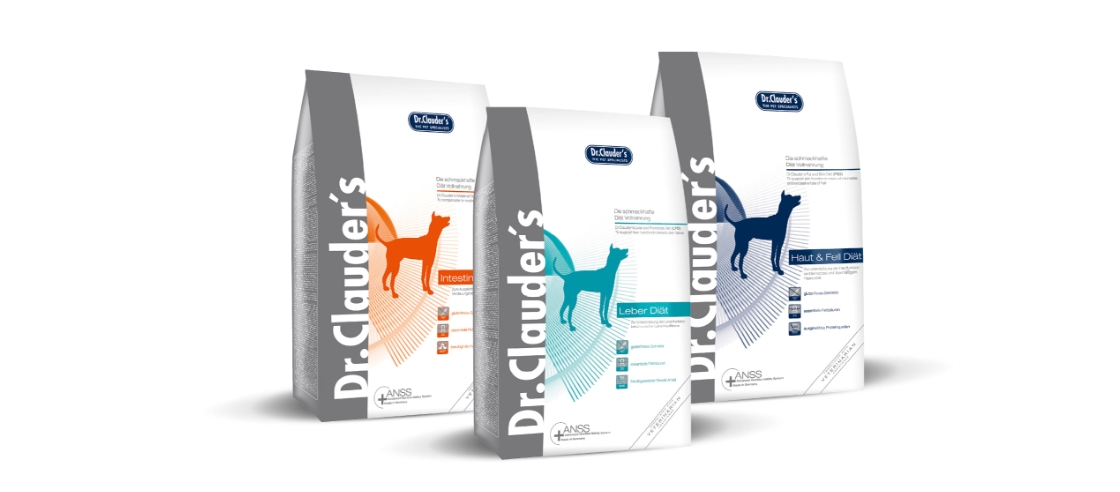
Change of food in case of intolerances or allergies (hypoallergenic food):
Use the exclusion method to find out which food components your dog is allergic to or which he cannot tolerate.
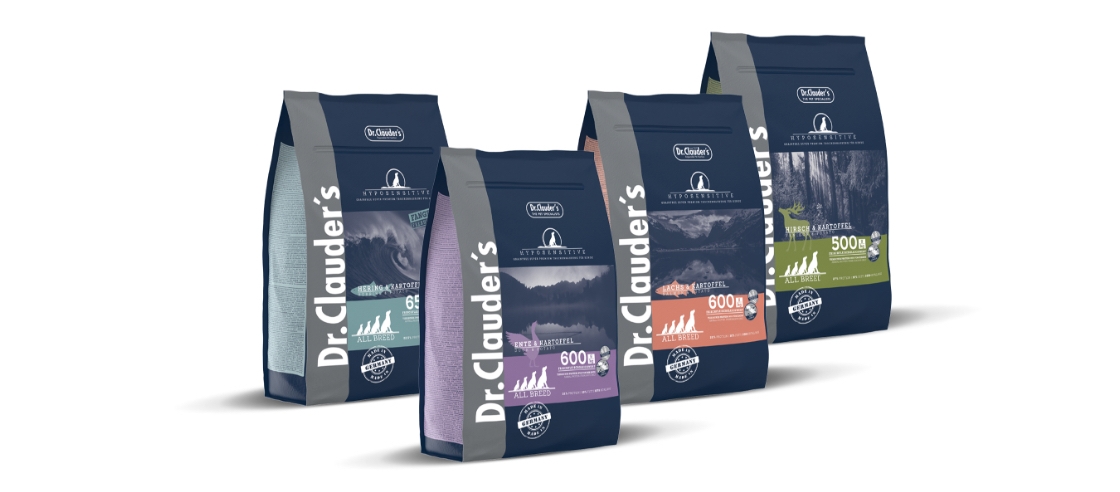
Change of feed in case of illness (diet feed):
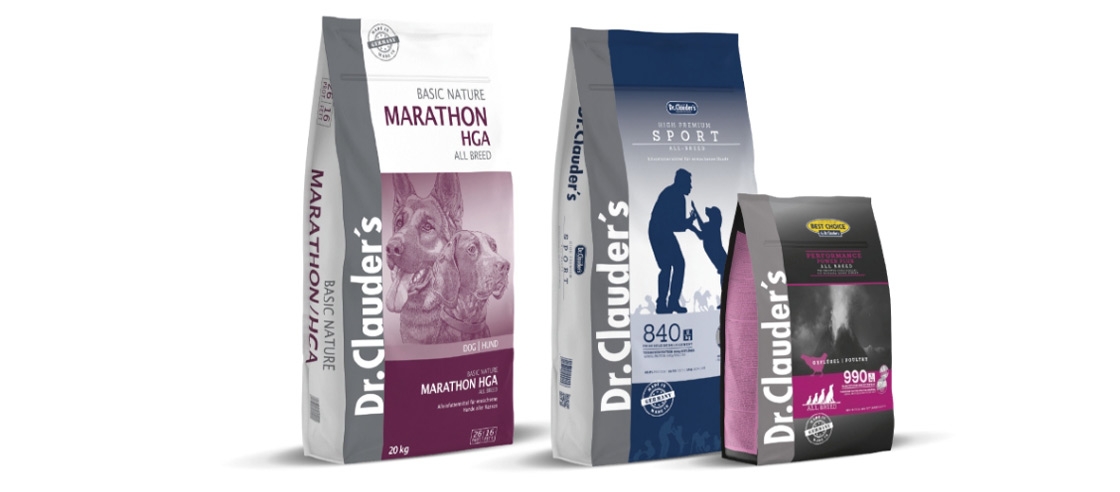
Change of feed in case of illness (hypoallergenic feed):
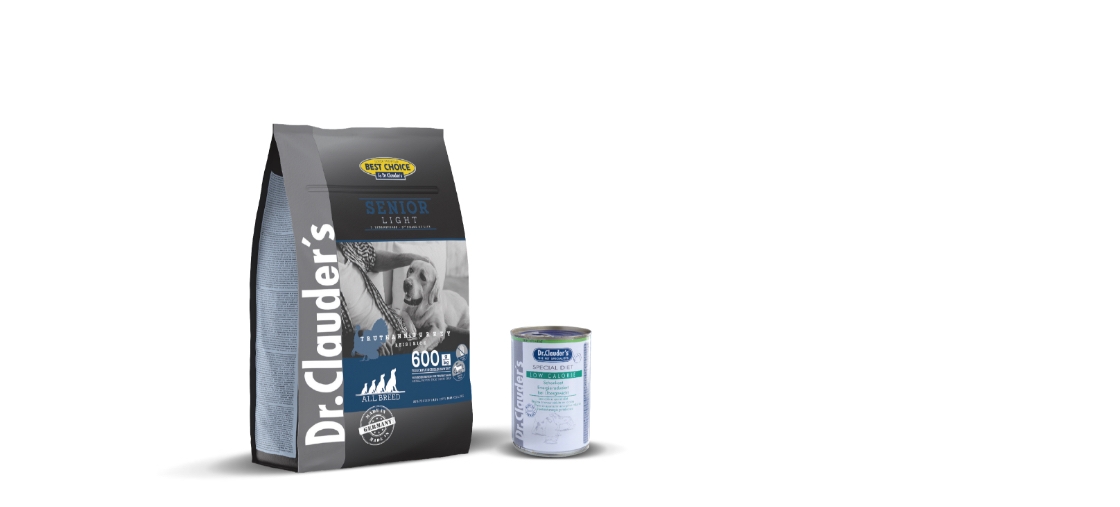
Change of diet to support health (Special Diet):
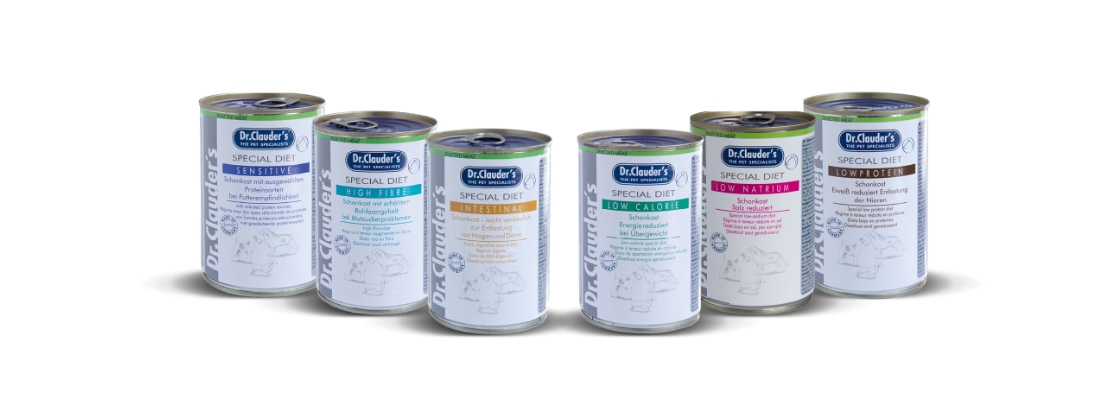
HOW LONG DOES A FEED CONVERSION TAKE?
- How old is your dog?
- How long has he been on the previous food?
- Is the change voluntary or for medical reasons?
- What is the constitution of your dog and its digestion (robust or sensitive)?
- Feed change in a puppy - 7 to 10 days
- Food change in an adult robust dog - 7 to 10 days
- Changing the food of a sensitive dog - 1 to 2 months
- Changing the food of a senior dog - 10 to 14 days
- Changeover from BARF to high-quality wet food - 7 to 10 days
- Changeover from BARF to dry food - about 7 days
- Changeover from dry to wet food - 7 to 10 days
- Change from wet to dry food - 14 days to 1 month
WHAT IS THE BEST WAY TO CHANGE A DOG'S DIET?
Abrupt/direct changeover

- Feed is immediately changed completely
- Advantage: easy handling Disadvantage: frequent occurrence of symptoms
- Only recommended if your dog is robust
Gradual changeover

- Feed conversion takes place gradually
- Advantage: this type of change triggers only a few symptoms
- Suitable for all dogs; most commonly used
Always prefer a slow change to an abrupt one. It is gentler and gives the dog's organism time to adjust to the new food. The intestinal flora can then slowly get used to the new food.
Health-related feed change
The quarter method has proven successful for a gradual changeover:
- Day 1 and 2: Replace a quarter of the familiar food with the new
- Day 3 and 4: Replace half Day
- 5 and 6: Replace three quarters
- From day 7: Your dog gets only the new food
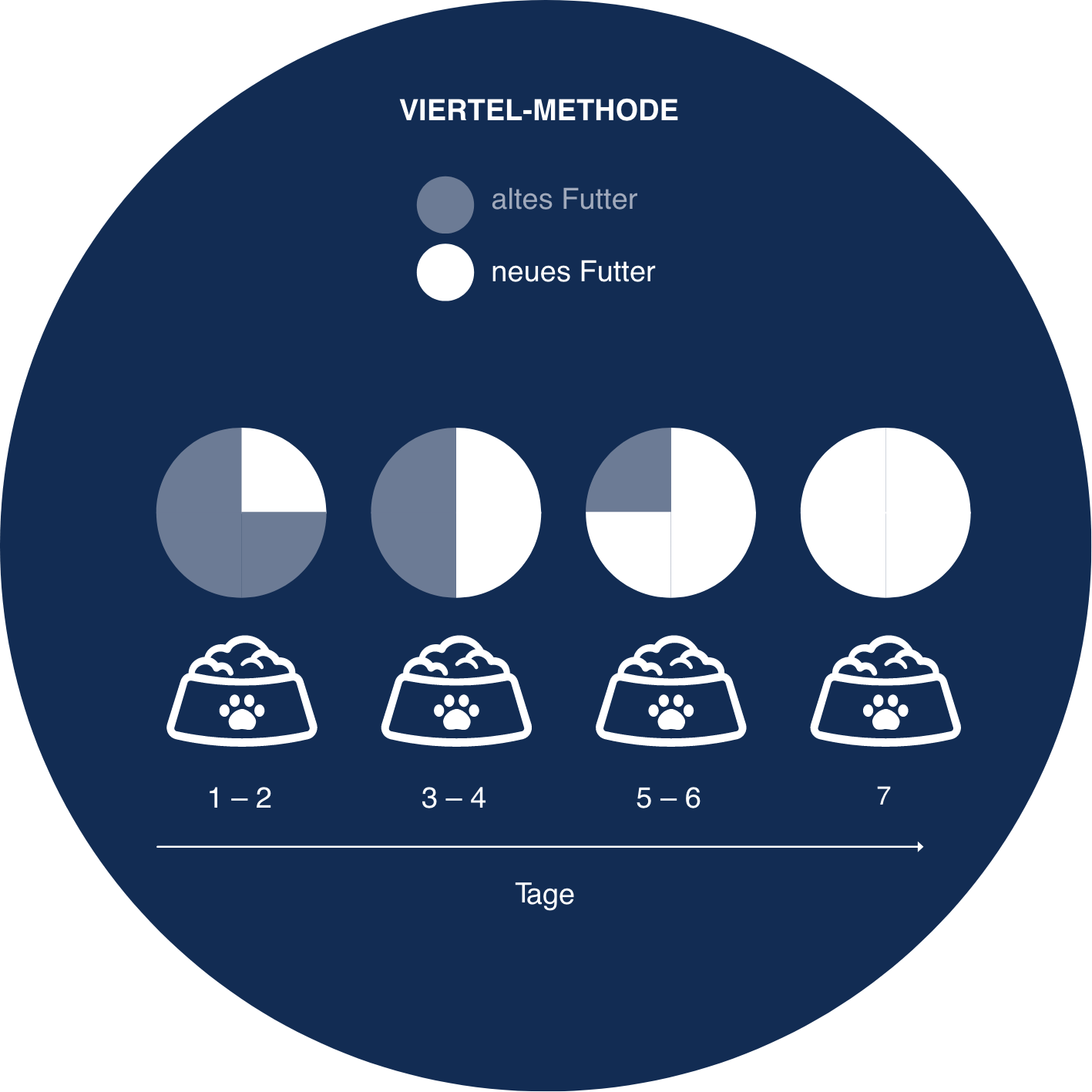
Feed change for puppies
For a puppy, a change of food can be a challenge. Therefore, you should continue to feed the breeder's familiar puppy food for at least two weeks before a new food is added to the diet.
To minimise irritation to the gastrointestinal tract, we recommend a gradual change over a period of one to two weeks: Either in one-quarter steps or - for particularly sensitive stomachs - in smaller rations.
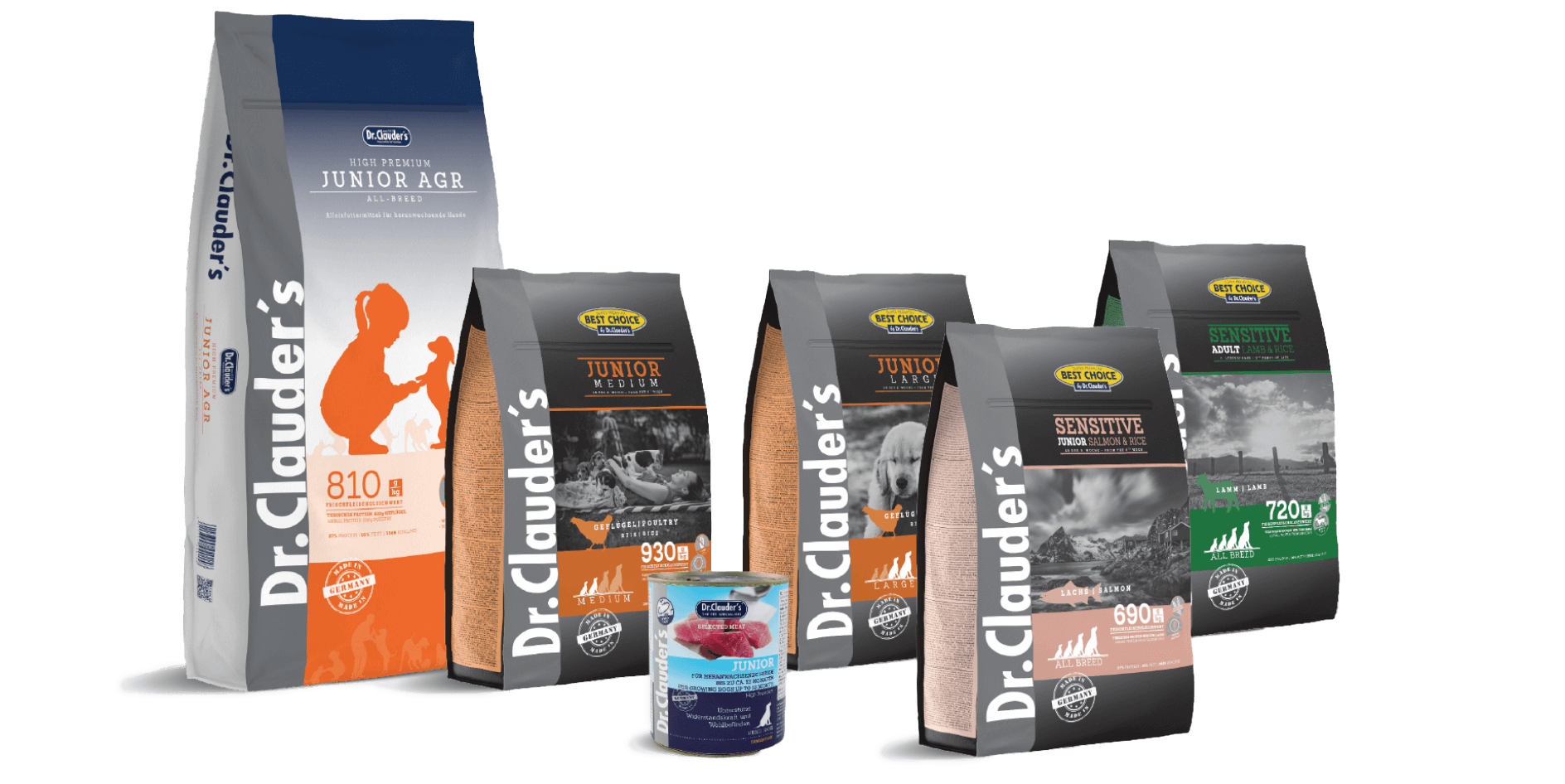
Switch between wet food, dry food or BARF.
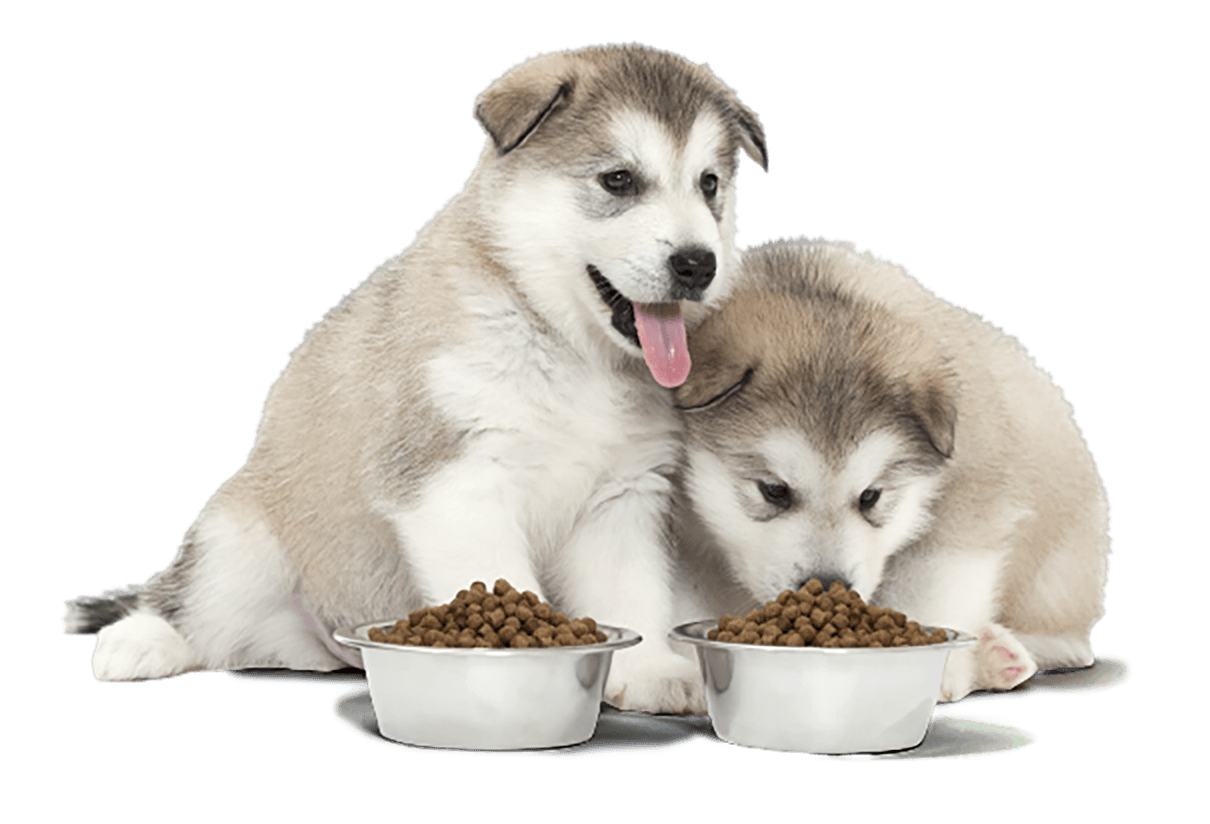
You should remember this
Dr.Clauder's for a successful change of diet
No matter what reason you have for changing your pet's diet: You will find what you are looking for in the Dr.Clauder's range.


